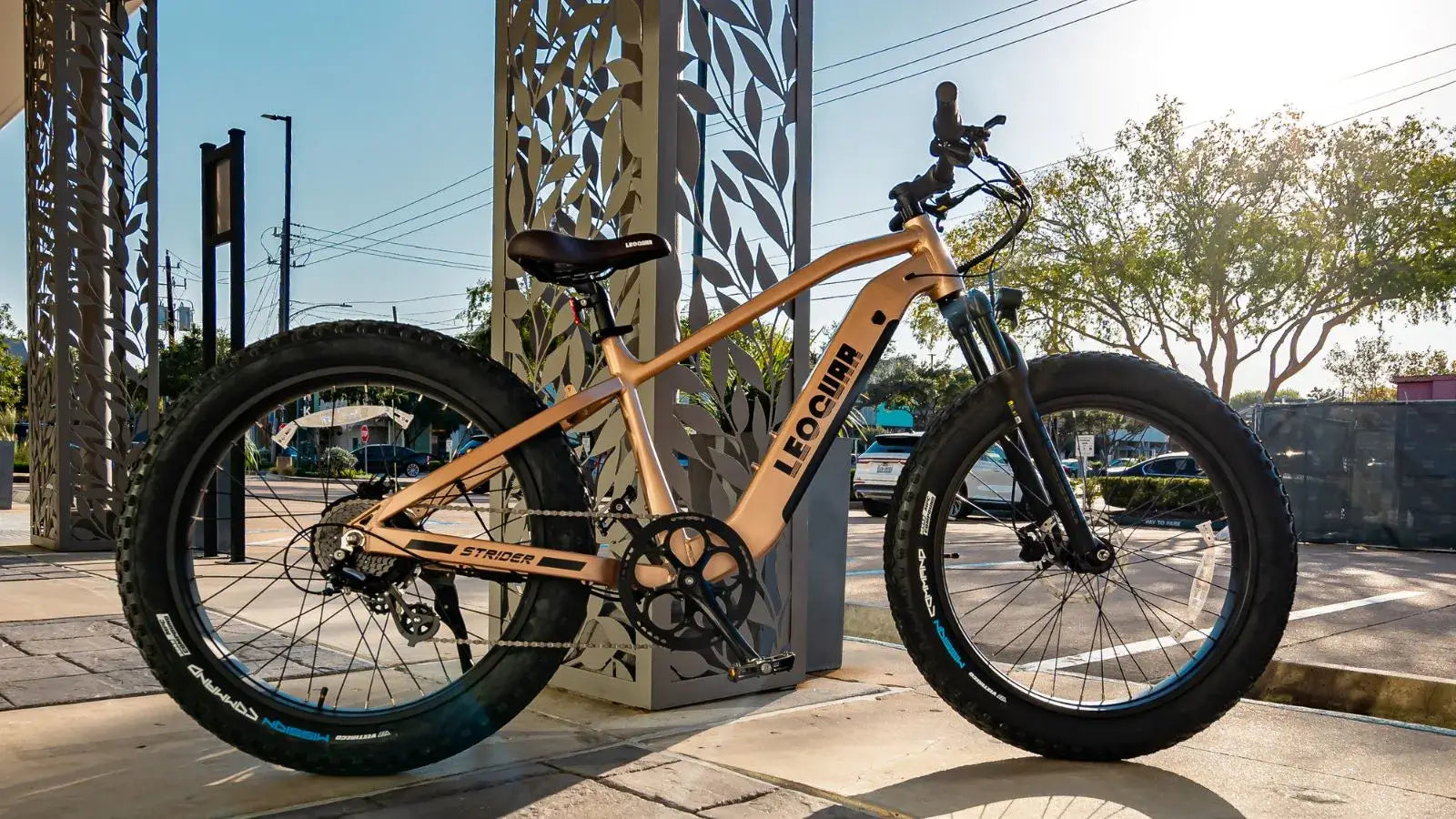
Road Bikes vs Commuter Road Bike: Best Daily Ride Guide
Choosing Your Perfect Commute Bike
Picking a new bike for your daily ride to work can feel overwhelming. You might be torn between a fast road bike and a practical commuter bike that's built for everyday use.
One type promises speed and excitement. The other offers comfort and usefulness for your daily trips to work. Many people face this same choice, but the decision doesn't have to be hard. This guide will explain the main differences and help you figure out which bike works best for your specific trip to work.
At a Glance: Key Differences
The main differences between a classic road bike and a commuter bike are pretty clear. We've put them in a simple table to help you get started.
| Feature | Road Bike | Commuter Bike |
|---|---|---|
| Riding Position | Aggressive, forward-leaning | Upright, relaxed, high visibility |
| Tire Width | Narrow (25mm-32mm) for speed | Wide (35mm-50mm) for comfort and durability |
| Gearing | Performance-oriented, high gear ratios for speed | Utility-focused, wider range for hills and loads |
| Frame & Weight | Lightweight materials (carbon, premium alloy) | Heavier, durable materials (steel, standard alloy) |
| Accessory Mounts | Often minimal or none | Abundant mounts for racks, fenders, and lights |
| Primary Purpose | Speed, distance, recreation, fitness | Practicality, reliability, all-weather transport |
The Road Bike Case
Road bikes are built for one main goal: going fast on paved roads. They're like race horses in the bike world, made for long weekend rides and pure speed. But can these speed machines work well for daily commuting?

Defining a Road Bike
Road bikes have features that make them easy to spot. They use drop handlebars that let you hold them in different ways, including a low position that cuts through wind. The frame puts you in a forward-leaning position to go faster. Bike makers design these frames to be very light, often using carbon fiber or special aluminum. As you can see from a survey of what defines a modern road bike, everything from the narrow tires to the gears focuses on speed and efficiency on roads.
Commuting Advantages
Road bikes offer some real benefits for commuting:
- Speed: Nothing beats a road bike on smooth roads with few stops. You'll cover distance with an efficiency that other bikes can't match.
- Efficiency: The light weight, wind-cutting position, and stiff frame mean less of your energy gets wasted when you pedal.
- Weight: A lighter bike helps a lot if you need to carry it up stairs or onto a train.
- Fitness: Riding a road bike gives you an excellent workout and turns your commute into real training time.
Daily Grind Drawbacks
The same features that make road bikes fast also create problems for commuting.
- Comfort: That forward-leaning position can hurt your neck, back, and wrists, especially in stop-and-go city traffic. The narrow tires and stiff frame don't absorb bumps well either.
- Durability: The light frame and thin tires don't handle city obstacles like potholes and rough pavement as well, and they get flat tires more easily.
- Practicality: This creates the biggest problem - most road bikes don't have places to attach fenders and racks. We've all experienced riding home in unexpected rain without fenders, getting a stripe of dirty water up our backs, or arriving at work with a sweaty back from carrying a heavy backpack because we couldn't mount a rack.
The Commuter Workhorse
Commuter bikes focus on practicality, comfort, and reliability instead of pure speed. This type isn't just one style but shares the same goal: making your daily ride as smooth and trouble-free as possible. It's the dependable bike designed to handle city riding every single day.
Defining a "Commuter"
Commuter bikes are easy to recognize by their rider-friendly features. The frame puts you in a comfortable, upright position that gives you great visibility in traffic. Instead of drop bars, you'll find flat or swept-back handlebars that are easy to control. They have room for wider tires, usually 35mm-50mm, which absorb bumps and resist getting flat. Many good commuter bikes also have low-maintenance parts like internal gears or belt drives that work reliably without much care.
Commuting Advantages
Purpose-built commuter bikes come loaded with features that make daily riding better:
- Comfort & Visibility: The upright position feels more comfortable for shorter trips and gives you a better view over cars and other obstacles. The wider tires and more relaxed frame also absorb road bumps much better.
- Practicality: These bikes are designed for usefulness - they either come with racks, fenders, and lights, or have all the mounting points to add them easily.
- Durability: Built from strong materials like steel or sturdy aluminum, these bikes handle the urban environment well and can take hits from potholes or curbs.
- Versatility: With their wider tires, commuter bikes work well on bike lanes, light gravel paths, and roads in poor condition.
Potential Downsides
The trade-offs for this practicality are predictable:
- Speed & Efficiency: Being heavier and less wind-cutting, a commuter bike requires more effort to reach and maintain high speeds. You'll definitely notice the difference if speed matters to you.
- Weight: The strong frames and added accessories make these bikes much heavier than road bikes, which can be challenging if you need to carry it.
- "Fun" Factor: For riders who love the feeling of speed and sharp handling, a commuter bike can sometimes feel slow or less exciting to ride.
The Electric Boost
Electric bikes have completely changed commuting. They're not a separate type of bike, but rather a powerful feature that works with both road and commuter frames, fixing many of their main weaknesses.
The Commuter E-Bike
An electric motor turns a practical commuter bike into a real car replacement. The added weight and wind resistance don't matter when a motor helps you along. Hills become flat, and headwinds disappear completely. Carrying groceries or pulling a child trailer becomes effortless. As you can see from the many types of electric commuter bikes, models like the Leoguar Fastron or Aventon Level 3 come with powerful motors and large batteries, designed to provide the power needed for heavy loads and long, sweat-free commutes.
The Road E-Bike
The best road ebike models take a different approach. They're for riders who love the feel and workout of a road bike but want help with the hardest parts of the ride. From our experience, the assistance on a good road e-bike is almost invisible on flat ground - it feels like you just have a constant tailwind. But when you hit a steep hill that would normally have you struggling, the motor gives a smooth boost that lets you spin up the climb, keeping the joy of riding without the painful effort.
The Hybrid Hero
After comparing the two extremes, you might think you have to choose between speed and practicality. But you don't have to make that choice. The perfect solution for many people is a bike that sits in the middle - a true commuter road bike. This type, often called "endurance," "all-road," or "gravel" bikes, combines the best parts of both worlds.
The Perfect Middle Ground
These bikes are the versatile heroes of the cycling world. They're designed for long-distance comfort and can handle different types of surfaces, which makes them perfect for commuting. The key is finding a road-style bike that doesn't give up usefulness. As experts note, the versatility of modern commuter bikes is blurring the lines between categories, and this is the sweet spot.
Look for these specific features:
- Endurance Geometry: A slightly more relaxed and upright frame than a pure race bike, providing comfort without giving up too much speed.
- Wider Tire Clearance: This is crucial - the ability to fit wider tires (at least 32mm-40mm) is the biggest factor for comfort and durability on rough city streets.
- Disc Brakes: These offer much better stopping power in all weather conditions, which is essential for safe urban riding.
- Accessory Mounts: The bike must have mounting points on the frame to attach a rear rack and fenders - this turns a sporty road bike into a capable year-round commuter.
- Durable Drivetrain: Look for gearing that offers a wide range, with low gears for climbing hills with a loaded bike and high gears for fast, flat sections.
Your Rider Profile
The best bike is the one that fits your unique commute and priorities. Find the rider profile below that best describes you.
| Your Rider Profile | Primary Needs | Our Top Recommendation |
|---|---|---|
| The Speedster | Speed and efficiency above all. Your commute is over 10 miles on well-paved roads, and you want a workout. | Endurance Road Bike or a Performance Road E-Bike. You get the speed and feel you love, with just enough comfort for the distance. |
| The All-Weather Pro | Reliability and utility are paramount. You ride year-round, in any weather, and need to carry a laptop and a change of clothes. | Purpose-Built Commuter Bike or a Commuter E-Bike. These come ready out of the box with fenders, racks, and lights for maximum practicality. |
| The Urban Adventurer | Versatility is key. Your route includes a mix of roads, bike paths, and maybe even a shortcut through a park with a gravel trail. | Gravel/All-Road Bike or a Robust Commuter Bike. The wide tire clearance and stable handling give you the confidence to ride anywhere. |
| The Hill-Defeater | Your main goal is to conquer a hilly route and arrive at work fresh and sweat-free. | Commuter E-Bike or a Road E-Bike. The electric assist will flatten the climbs and make your journey effortless, regardless of the bike's frame style. |
Final Verdict
The choice between a road bike and a commuter bike comes down to one main trade-off: speed versus practicality. A pure road bike will always be faster and more exciting for workouts on open roads. A dedicated commuter bike will always be more comfortable, reliable, and practical for all-weather, everyday transportation.
However, you don't have to make such a stark choice anymore. The rise of "all-road" or "endurance" road bikes has created the ultimate commuter road bike. These bikes have road-bike DNA but with room for wider tires and mounts for accessories.
The "best" bike is the one that gets you out of your car and onto two wheels. Look at your route, be honest about your priorities, and choose the bike that will make you look forward to your ride to work every single day.
FAQ
Q: Can I use a road bike for commuting in the rain?
A: Yes, but it's not ideal. Road bikes typically don't have fenders, so you'll get wet and dirty. You can add clip-on fenders, but they're not as effective as full fenders. If you regularly ride in wet weather, a commuter bike with proper fenders is a better choice.
Q: How much should I expect to spend on a good commuter bike?
A: A quality commuter bike typically costs between $500-$1,500. Entry-level models around $500-$800 offer basic reliability, while $800-$1,500 bikes include better components and features like internal gears or disc brakes. Electric commuter bikes start around $1,200 and can go up to $3,000 or more.
Q: Are electric bikes worth the extra cost for commuting?
A: Electric bikes are worth it if you have hills on your route, ride long distances (over 5 miles), need to arrive sweat-free, or want to carry heavy loads. They effectively extend your riding range and make cycling accessible in more situations, potentially replacing car trips.
Q: What's the main difference between a gravel bike and a commuter bike?
A: Gravel bikes focus on versatility and performance across different surfaces, while commuter bikes prioritize comfort and utility for daily use. Gravel bikes often have drop bars and sportier geometry, while commuter bikes typically have flat bars and more upright positioning. Both can work for commuting, but commuter bikes usually come better equipped with practical features.
Q: How do I know if my commute is better suited for a road bike or commuter bike?
A: Consider your route and priorities. Choose a road bike if your commute is mostly on smooth roads, you want speed and exercise, and you don't need to carry much. Choose a commuter bike if you ride in various weather, need to carry items, have mixed surfaces, or prioritize comfort over speed. Routes with lots of stops, traffic, or poor road conditions favor commuter bikes.



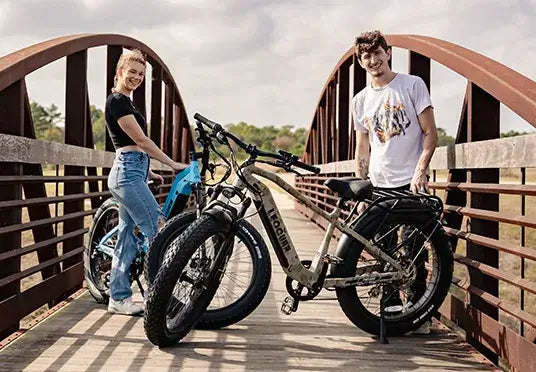
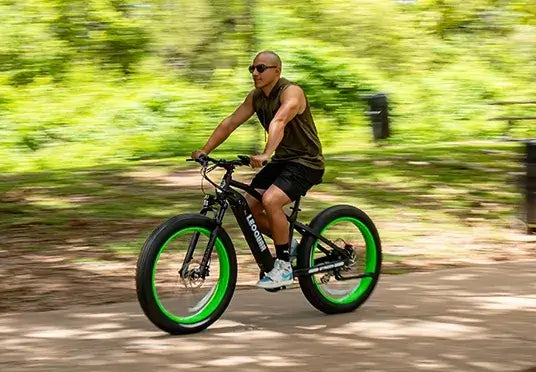
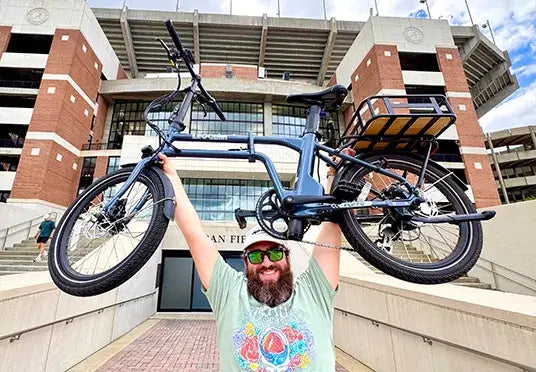
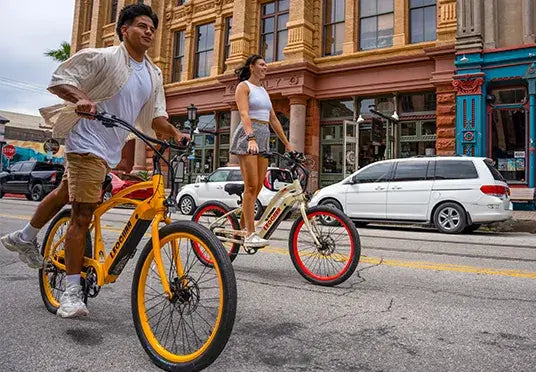
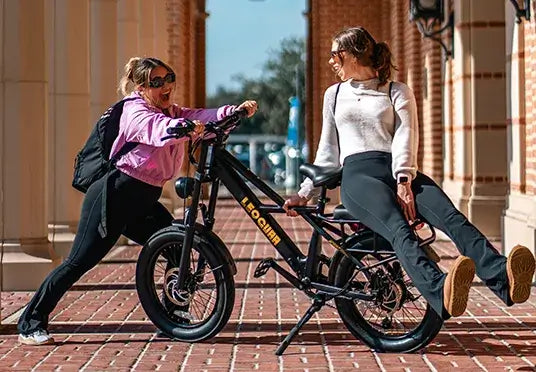
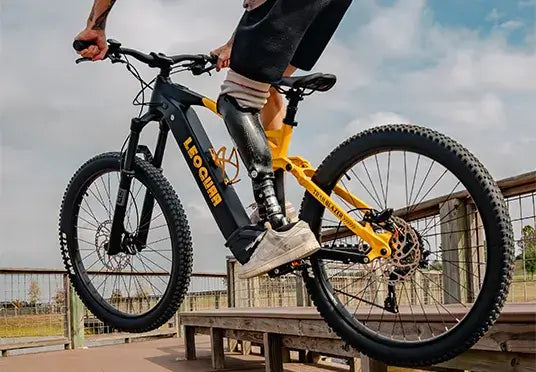
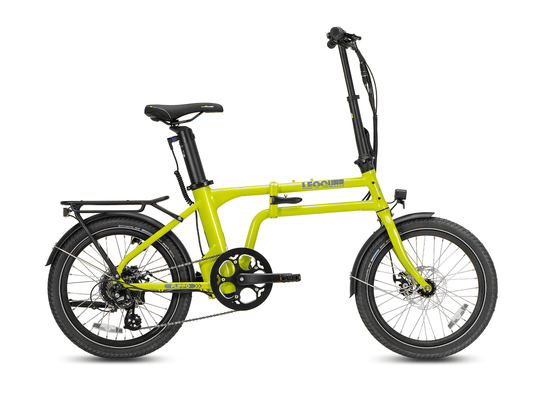
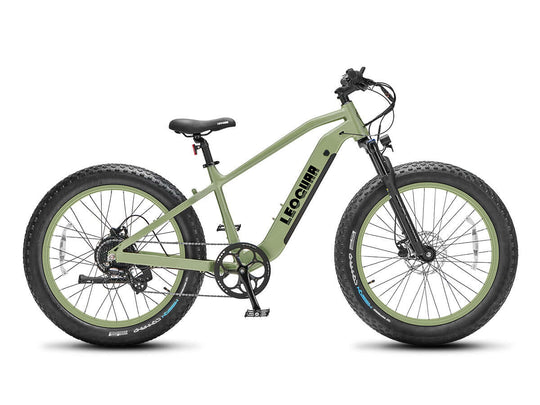
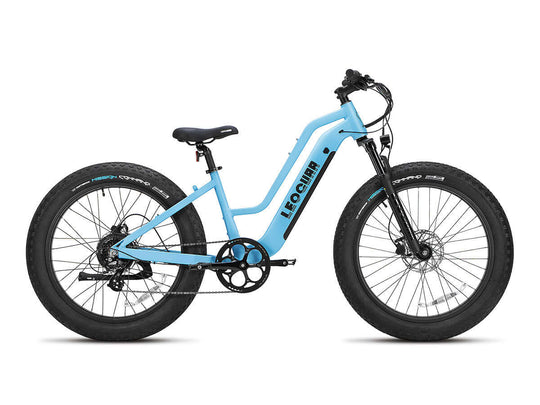
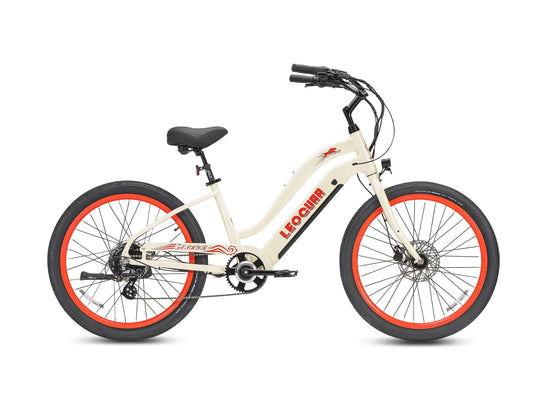
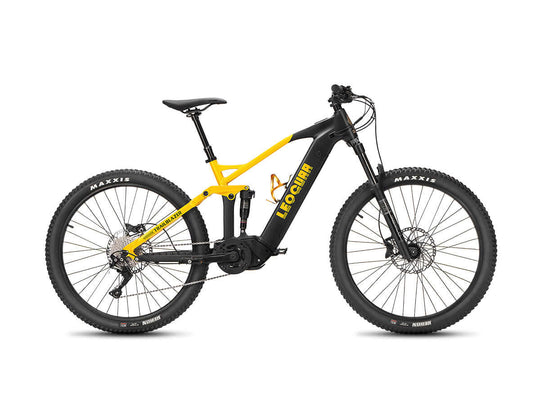
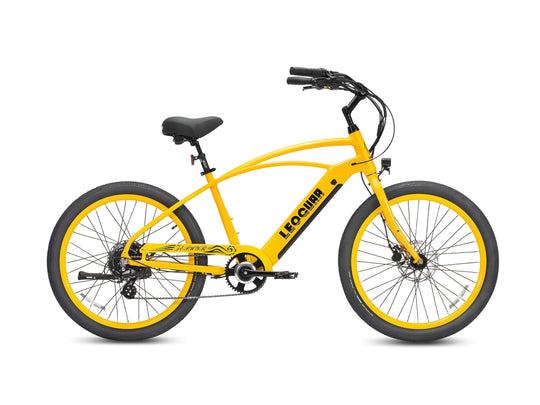
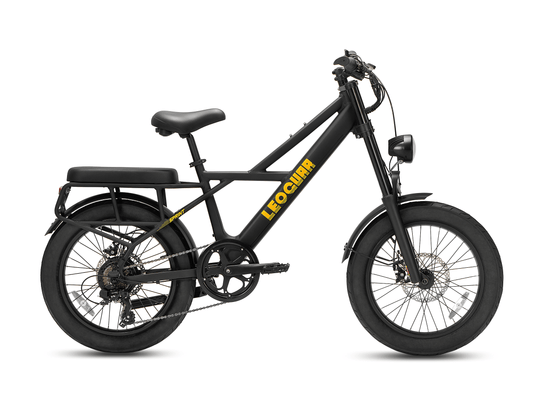
















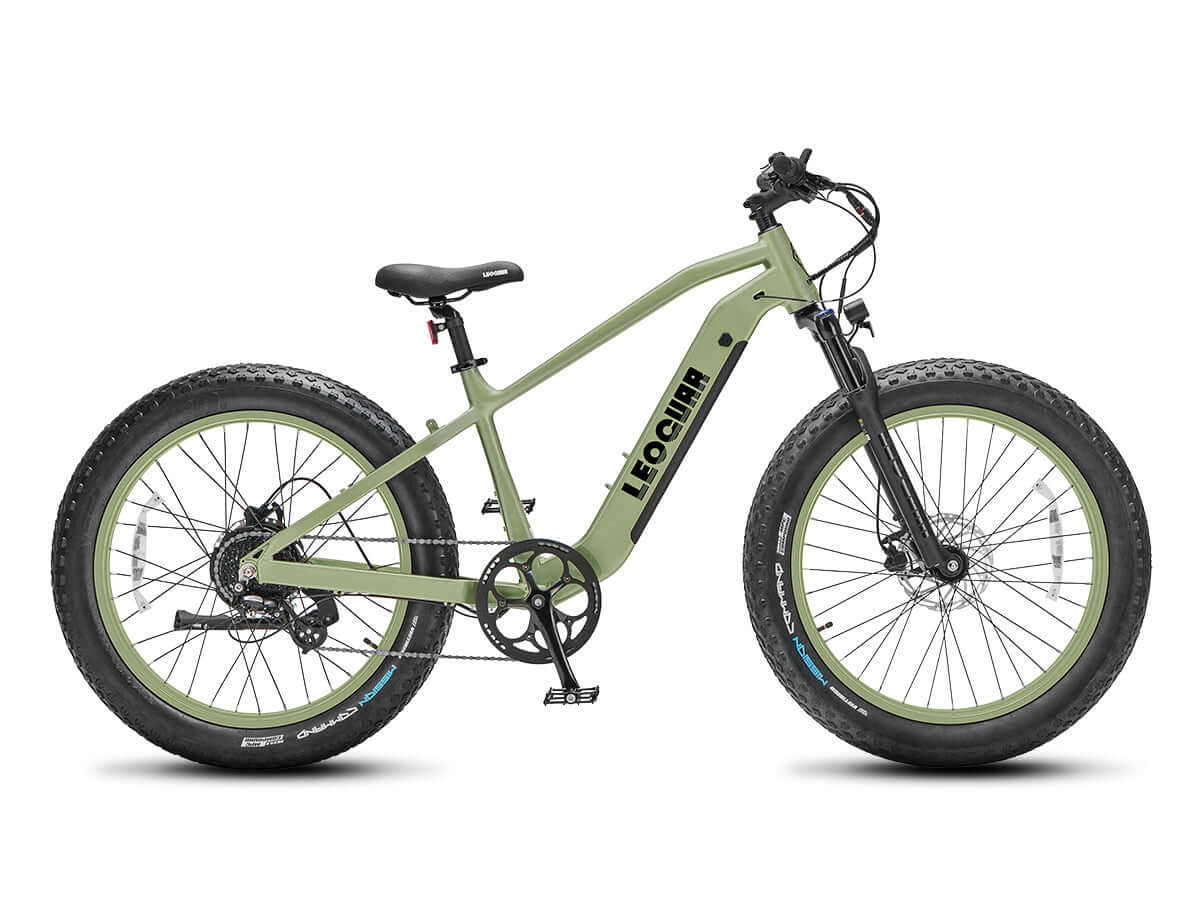








Leave a comment